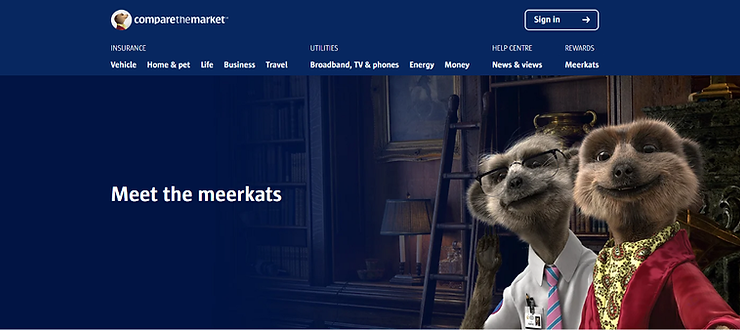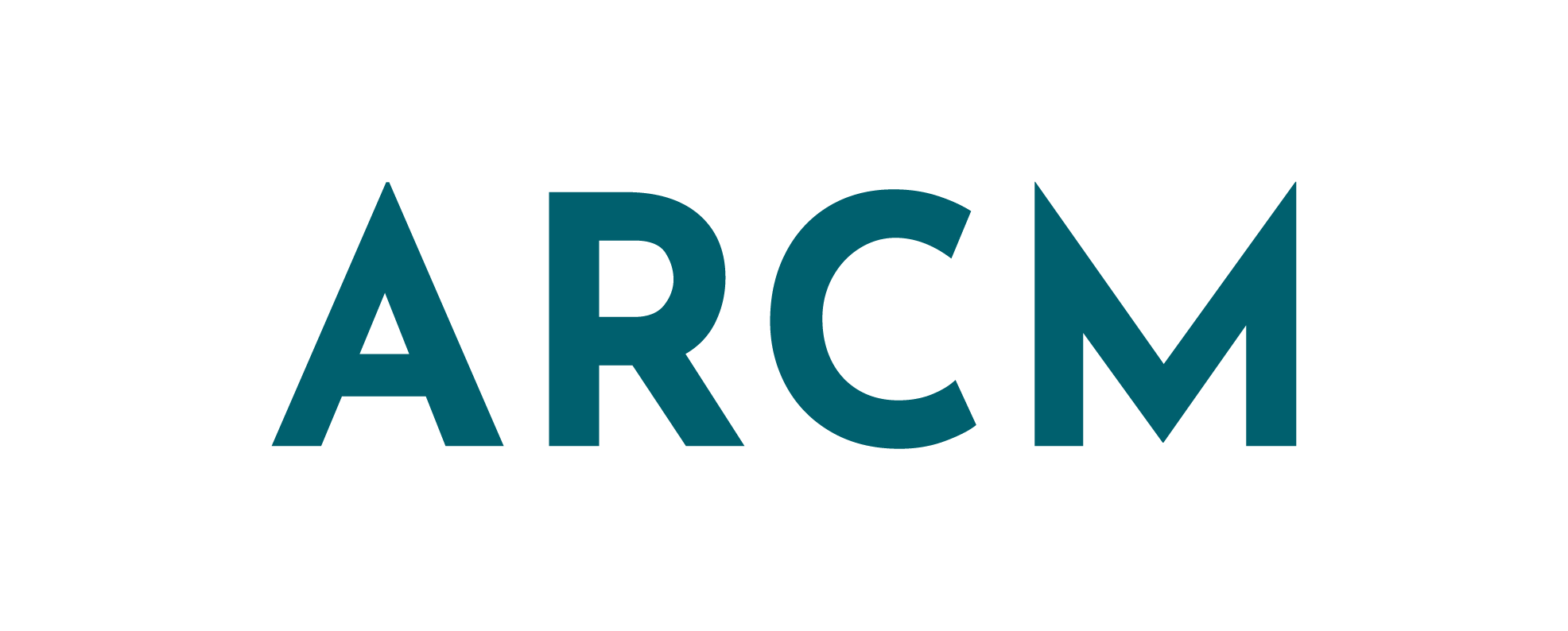Aside from innocent who have, according to some, come to dominate the world of personality-based marketing, how often do you consider a brand’s tone or the attitude they exude in their advertising?
Logos make you recognisable
Now, I’m not here to rally against the value of logos — logos are incredibly important assets to any organisation, as are the brand colours. They allow for instant recognition in just about any scenario. If, like me, you spend a lot of time on LinkedIn, you will have seen the various carousel posts asking how many brands you can identify through black and white logos or through their brand colours alone.
However, we shouldn’t judge a brand by its logo.
Campaigns make you memorable

This is the top (hero) of the web page Compare the Market have dedicated to the meerkats of their, as Wikipedia calls it, fictional universe. You can see the full web page here.
Before I go into the ins and outs of tone of voice, I want to discuss campaigns. Anyone who has ever worked with me (or let’s be honest really known me) will know that I love all things campaign related.
The technical logistics fascinate me, the creative concepts excite me, and I would argue there are few things more satisfying than watching a multi-channel campaign all come together.
Whether your campaign is focused on online advertising, TV/radio advertising, billboards, or a more toned-down approach of blogs, articles, events, and whitepapers, ultimately your campaigns will become one of the most memorable things about your brand — especially to an audience who is yet to use your product or service.
Take Compare the Meerkat for example. One of the longest-running (and possibly most annoying) campaigns since the 1980s. It kicked off in 2009 and is still going. The thing about longevity in these types of campaigns, is that after a certain amount of time, they no longer need to be obvious.
For example in the latest TV ads for Compare the Market, there is simply one of their meerkat characters on screen. And that’s enough, we know who they are and what that means at one glance.
Tone of voice makes you relatable
I want to be super clear here, that “approachable” or “chatty” is not the tone every organisation is going to go for, and that’s ok. Not everyone aspires to be an innocent or an AirBnB — although let’s face it, these days many brands do.
Tone of Voice is the way in which you convey the personality of your brand to your audience. Imagine your brand was a person and ask yourself these questions:
- What is their sense of humour?
- What unique quirks/speech patterns do they have?
- How would you describe their personality in three words?
- How do they show they care?
- What are they passionate about?
- Are they a cat person, dog person, or neither? (or both?)
- What newspaper (if any) do they read?
- What are their interests/hobbies?
This is by no means an exhaustive list, and they may seem a little odd, but going through this process will help you to establish a stronger brand.
It’s like when writing a novel — you, as the author, need to know so much more about your protagonist than your audience does. It allows you to create an authentic experience and make them feel relatable and real.
You are still the author, your audience are your readership, and your brand is your protagonist.
Tone of voice makes you trustworthy
Presenting your brand consistently can contribute to a 23% increase in sales YoY, according to this article [which, on a side note, is written in quite a playtful ToV — pay particular attention to their microcopy]. This isn’t because people admire the mastery of your marketing team — those outside of the profession often won’t think about that sort of thing.
And that’s exactly the point — often the best kind of marketing is when people don’t even realise they’re being marketed to. Although all roads lead to conversion, it’s ok for some of those roads to be long and winding.
In fact, the long and winding roads often lead to increased brand loyalty.
Presenting your brand consistently does not simply mean slapping your logo on everything and using your colours.
It means getting your message right and keeping your tone consistent.
Think about this in terms of your social circle. If you need something, do you ask the friend who is erratic and unpredictable or do you ask the friend who is reliable and you know will answer their messages?
It’s the same when it comes to brand loyalty. This loyalty isn’t built overnight and it doesn’t just come from the product/service itself. What you put out into the world is what your customers and prospects will associate you with, so treat it with care.
A lack of understanding about tone of voice
In my experience, when it comes to smaller companies — anything from independent hotels through to technology companies, there can be a resistance to investing in tone of voice.
“But our logo is so recognisable”, “we’ve just gone through re-branding, we don’t need to change our copy”, and “you write our content, why does it need to be formalised?”
1. Yes, a logo is recognisable but it isn’t enough
2. Updating your logo and visual assets without pulling in your tone of voice is not a full re-brand
3. Yes, I may write your blogs/articles/website content now, but who runs your social? Who does your PR? Who writes signage at your business?
Unification is vital.
Tone of Voice can be validating
It can also be really validating for stakeholders within a company to have the personality of their brand (with some added creativity and marketing know-how) down on paper.
See, I did a lot of this work when I was agency-side, working primarily with independent businesses in the luxury hospitality space. I’ve dabbled with tone of voice for technology companies, interior design companies, and healthcare, but luxury hospitality is where I really learned the craft.
Seeing their completed Tone of Voice, stakeholders — and believe me in hospitality there are many — also gain trust in you as the shepherd of their content. They feel seen and understood, and it can also help you to improve your relationship with clients/internal stakeholders.
Essentially, it’s a win-win.
If brand loyalty, long-term sales, and memorability is what you’re after (and if you’re not I’d question a business model that runs solely on quick-wins), then Tone of Voice is a vital thing to invest in and should always be considered as part of a re-brand. Or any exercise that hopes to improve your marketing in the short- and long-term.
This article was written by me and originally posted on Medium.


